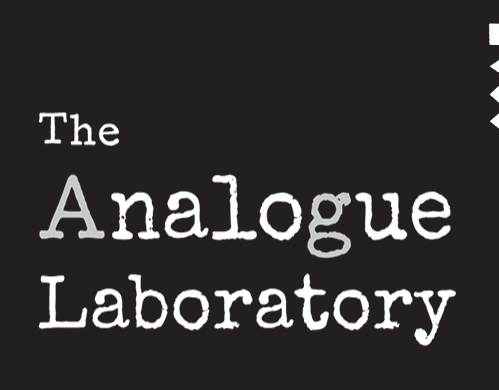The Analogue Lab makes a point to specialise in some crazy things. We work in traditional and experimental photographic processes with an emphasis on the process of making and the photograph as a physical object rather than a digital file. This isn’t to say that we don’t use digital files, but the end result usually turns out to be a thing you can hold.
Silver Gelatin
Silver Gelatin is the name of the most widely recognised analogue process, where you stand about in a red room with some funky smelling trays of stuff and make a black and white print. And it works, for nearly 200 years light-sensitive silver salts embedded in gelatin were the best thing around to capture your image. Silver halides capture photons and darken when treated with developer – everywhere the light hits the film becomes darker in proportion to the amount of light that hits it. This gives us our negative – bright areas are black and dark areas are clear. We print this onto photographic paper, and the negative image of this negative image becomes a positive.
Colour Processing (RA-4, C-41 and E-6)
The Lab also dabbles in handmade colour processing. C-41 designates colour negative processing, and RA-4 is colour paper processing. C-41 and RA-4 are your minilab processes, and we’ve all probably used them at some point in our lives. E-6 is slide processing – you’ve probably seen colour slides before or been subjected to a slide show at some point in your life, but it isn’t as common as it used to be – by modifying the RA-4 process your can optically print colour slides onto paper. At the lab we can process these films by hand and optically print them, adjusting the colour balance by eye.
Formats
Film is cut into different formats to suit different cameras and applications. 35mm film is what most of us are familiar with, and suits most applications admirably – it’s small, easy to load, doesn’t have a lot of grain, and you can process it just about anywhere in the world. The lab is equipped to deal with nearly any photographic format you can think of, from 8mm motion picture film to 20 x 24″ sheet film. Because nearly everything is done by hand, we don’t have to rely on any automated machinery or be constrained by their limitations. If we don’t have the equipment to process a particular format, we can usually source it or improvise it.
